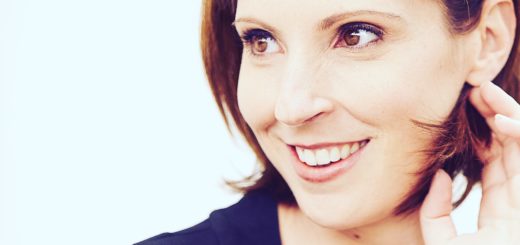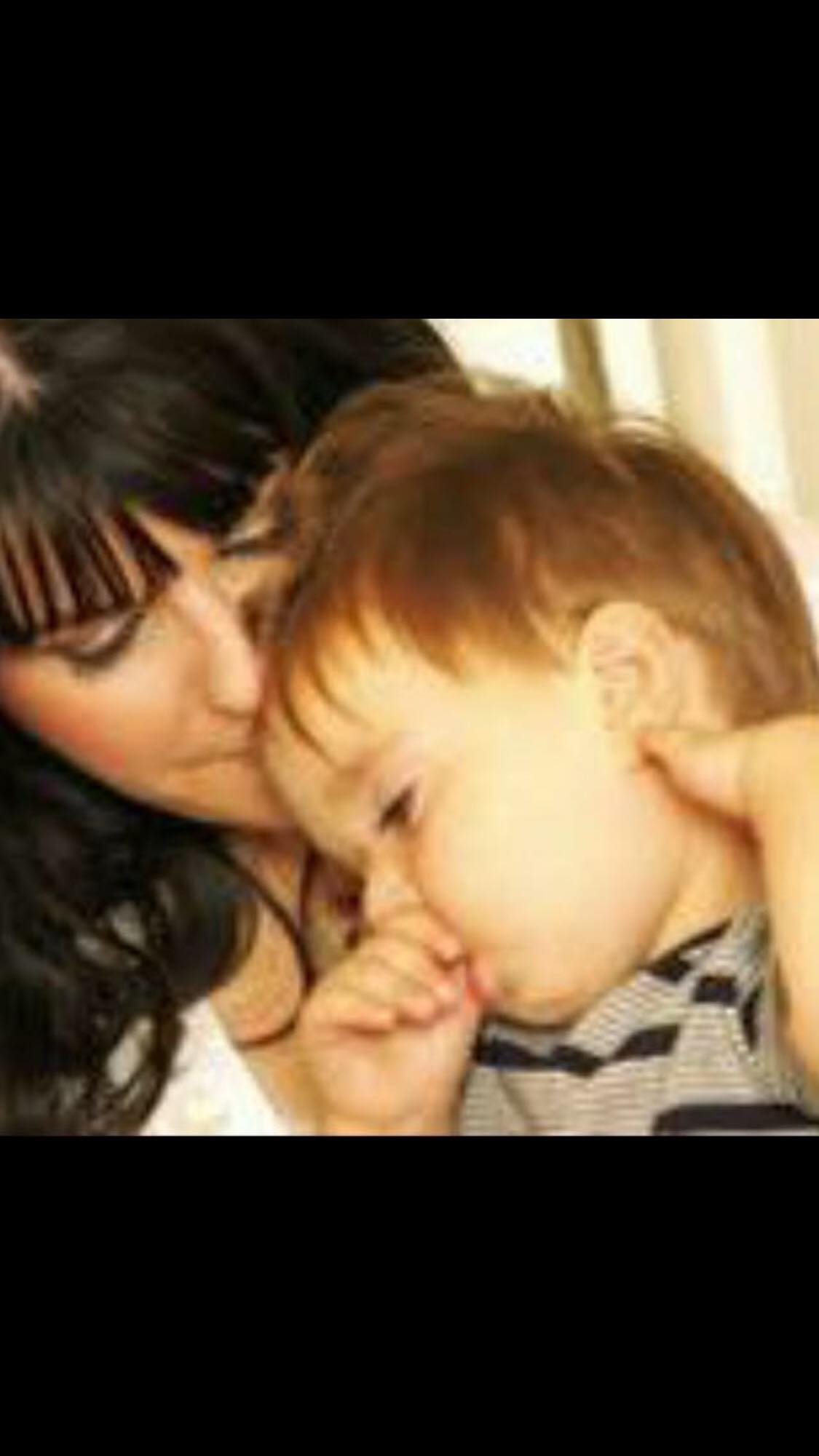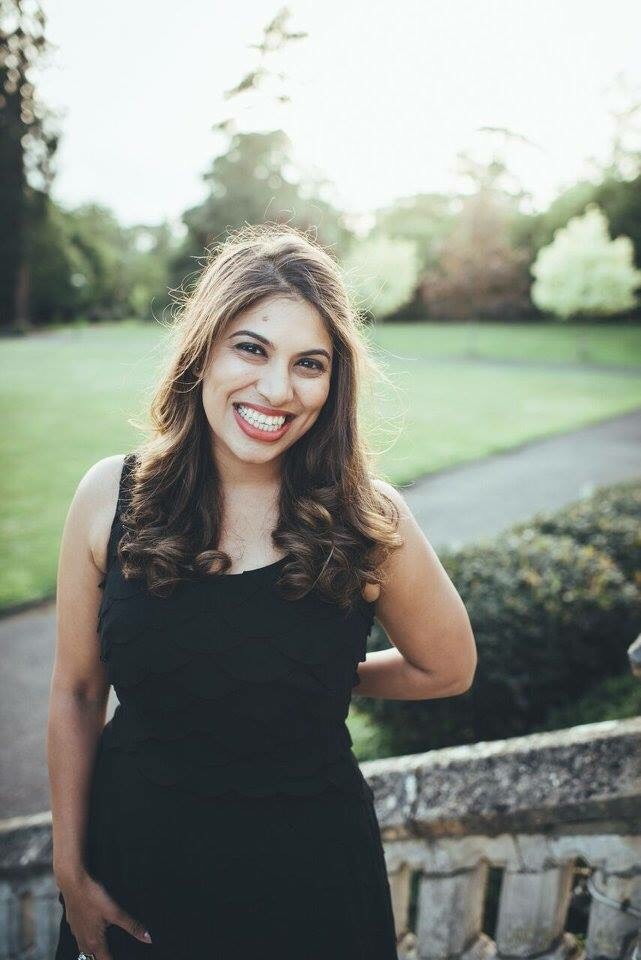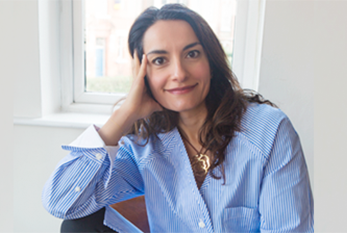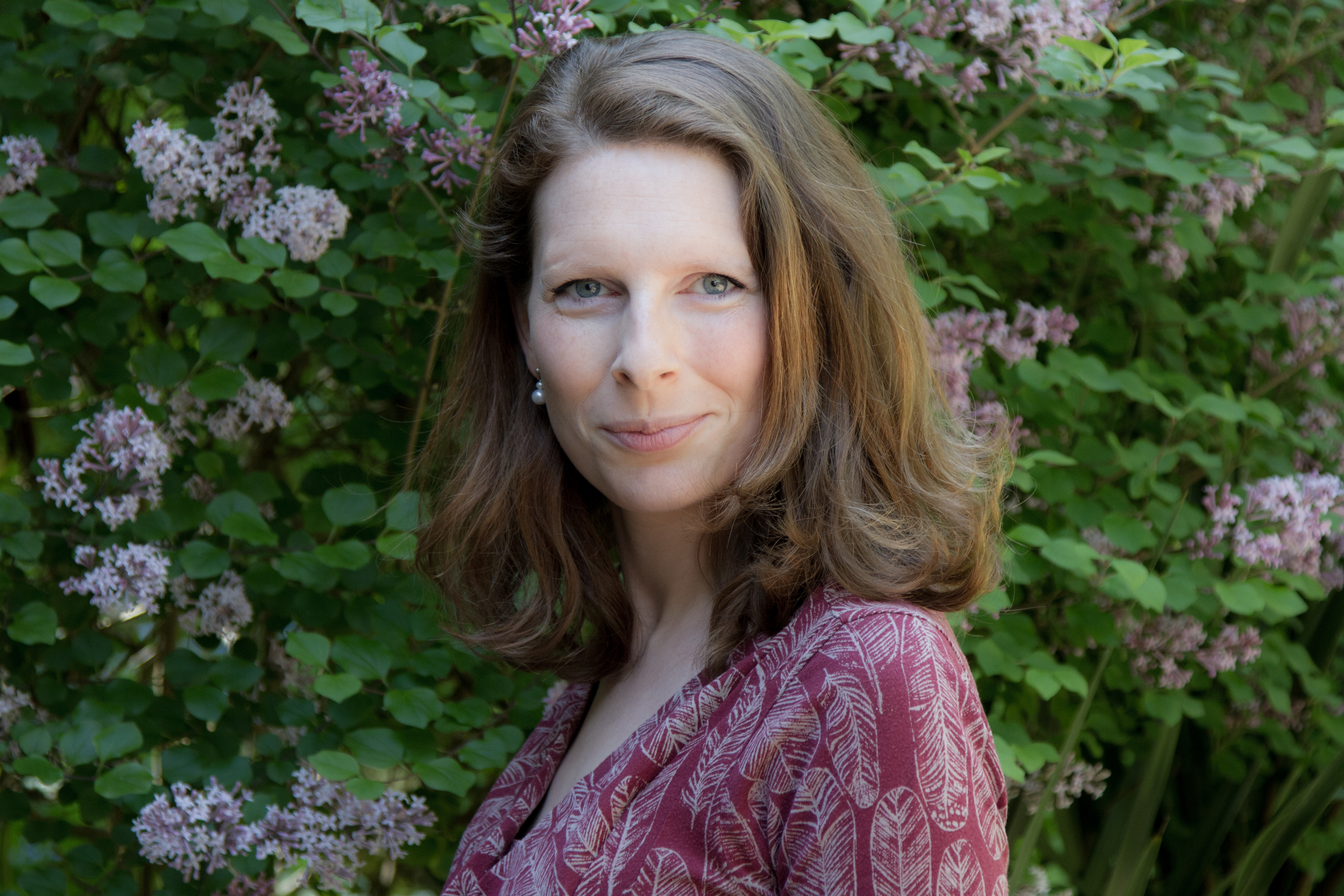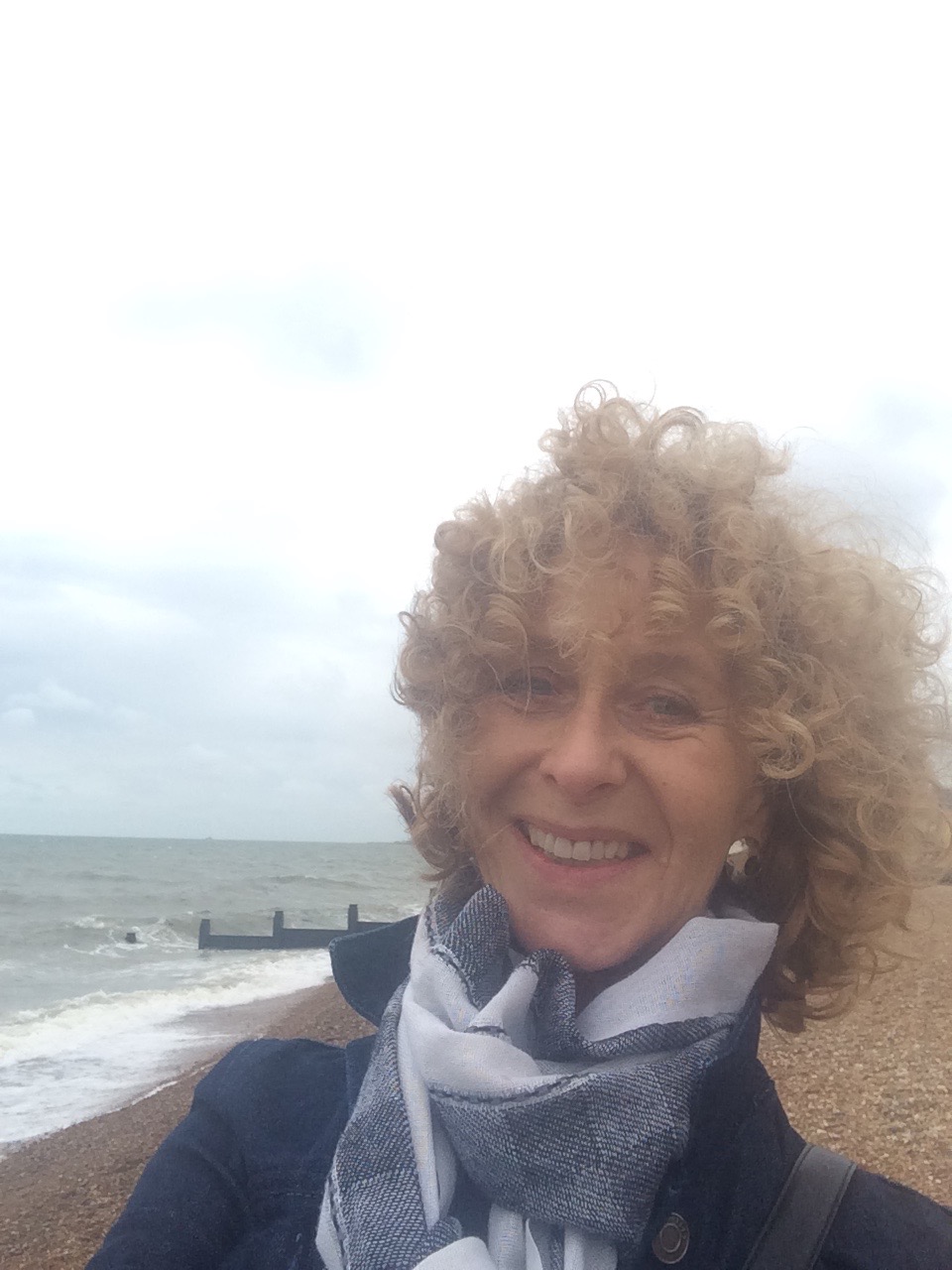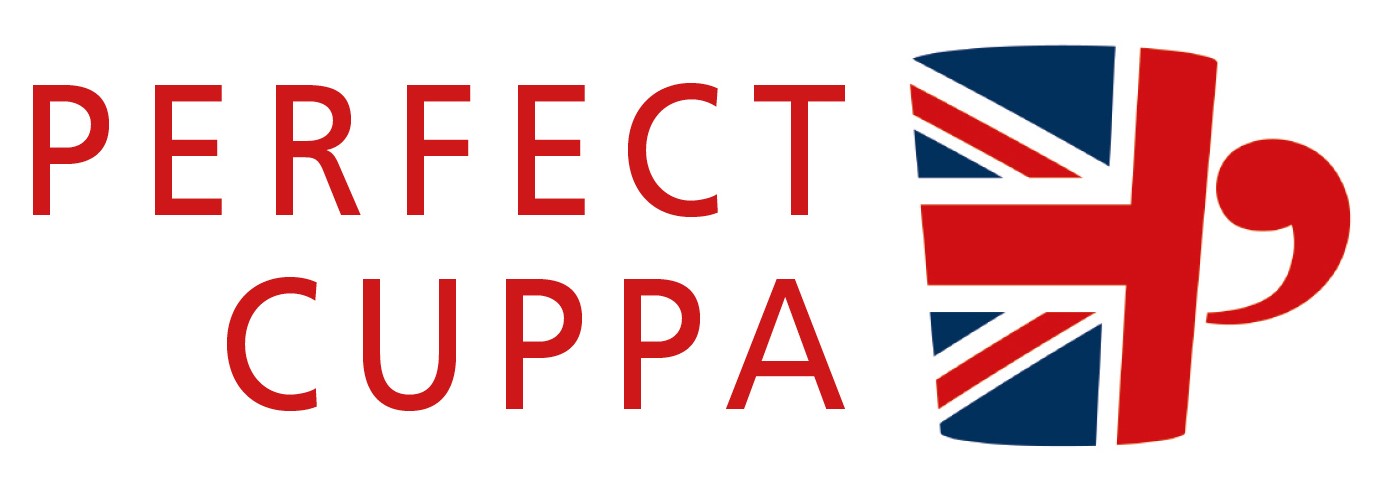Protecting children from the sun by Dr Justine Kluk
Dr Justine Kluk is a London-based consultant dermatologist and skincare expert with boutique private dermatology clinics in Hampstead Garden Suburb and Harley Street. She consults on all aspects of medical and cosmetic dermatology, and is especially renowned for her treatment of acne, scarring and prevention of premature skin ageing.
Here she shares some highlights from her recent talk to Mums in the Wood about Protecting Babies and Toddlers from the Sun
She has also very kindly offered anyone wanting to come to her a 10% discount on the initial consultation if you quote Mums In The Wood.
Dr Justine Kluk can be contacted via her website – www.drjustinekluk.com
Question:
What are the biggest mistakes people make when it comes to sunscreen?
Answers:
Forgetting to apply it! If we get kids used to the idea of sunscreen being part of their daily routine from an early age, they are much more likely to do it themselves automatically as they get older.
Question:
What are the key rules to keep in mind when applying sunscreen?
Answers:
Pick a product with the highest SPF you can find, apply it to exposed skin every morning in Spring and Summer (and ideally all year round as UV levels are lower but not completely absent in Autumn and Winter) and make sure it’s topped up during the day.
Question:
When should I apply it?
Answers:
Sunscreen should ideally be applied 15 minutes or more before your children expose their skin to the sun to allow sufficient time for absorption. It should then be reapplied every couple of hours throughout the day to maintain the same level of protection, and immediately after swimming, sweating or towelling off.
Question:
How much should we be applying?
Answers:
This is difficult for kids as their size is always changing! As a rule of thumb, for the average adult, a golf ball or shot glass-sized amount should be enough to cover the whole body. This is a much larger quantity than most people ordinarily apply and may be why some people burn despite applying sunscreen with a decent SPF.
Question:
When choosing what strength of SPF to use what is a good rule of thumb?
Answers:
Look for an SPF of 30 or higher. SPF 50 blocks approximately 98% of the damaging UV rays in sunlight and SPF 30 blocks about 97% of these. The level of protection drops off quite rapidly below SPF 30 so this is the minimum I would usually recommend, but for kids the higher the better! It is also important to ensure that the sunscreen you’ve picked blocks or reflects UVA rays so look for a UVA symbol or star rating on the product label or for the words “broad spectrum” which mean that the product protects from both UVA and UVB.
Question:
What kind of damage does skin suffer when it gets burnt?
Answers:
As well as the initial pain or discomfort of getting a sunburn, the risk of dangerous skin cancers, like melanoma, further down the line is greatly increased. As we get older, UV damage also accelerates skin ageing leading to wrinkles, dark spots etc.
Question:
Are spray products just as good as the traditional creams?
Answers:
As long as you’re using a broad spectrum sunscreen with SPF 30 or higher, it doesn’t matter whether you use a lotion, cream, gel, stick, or spray. Spray products are a good alternative to traditional creams and lotions for kids as they are easier and more convenient to apply. It is important to ensure that the skin is evenly coated and that you don’t leave any gaps.
Question:
UVA and UVB what’s the difference and why does this matter?
Answers:
UVB rays are responsible for sunburn and UVA rays lead to premature skin ageing e.g. wrinkles. Both increase the risk of skin cancer.
Question:
I’ve heard that sun screen can go off… is this true? Do you need to replace it yearly?
Answers:
Sunscreen can go off, so lotions and creams should be replaced once a year. Sprays typically have a longer shelf life, but it is essential to check the product labelling for specific instructions to be on the safe side.
Question:
Do all day sunscreens work?
Answers:
I’m sceptical whether “all-day” or “once daily” sunscreens offer the same level of protection at the end of the day as they do at the beginning given that most people don’t apply enough to start off with and that clothing or activities performed throughout the day may cause some of the product to rub off.
Question:
Are there any additional steps we should be taking ensure that our children’s skin is not damaged by the sun?
Answers:
Yes. The sun is directly overhead at midday, so ideally get them to avoid the sun between noon and 2pm. You may also consider purchasing them a hat and UV protective clothing if they are on the beach or playing outside (and sunglasses to protect their eyes when they’re a bit older).
Question:
In the event of getting burnt what should you do?
Answers:
If your child does get a sunburn, apply a soothing aftersun product or simple moisturiser to the skin frequently and liberally. Placing this in the fridge for a little while before applying it can also help cool the skin and take away the sting. It is essential to keep them out of the sun for a few days to allow the skin to recover. Advise them not to pick peeling skin. When sunburn is severe, for example with a fever, blistering, dehydration or feeling generally unwell, prompt medical attention should be sought.




